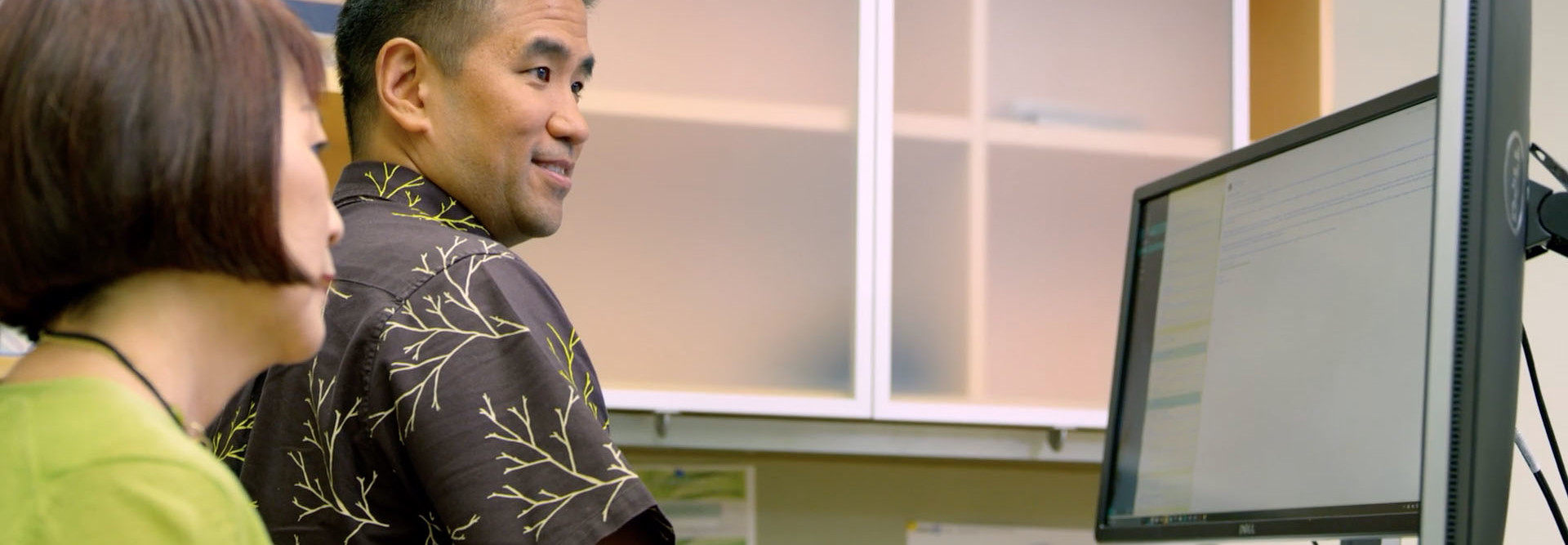Hawaii's CIO Targets Career Building to Draw in IT Talent
Hawaii has an ambitious goal ahead. By 2045, the state is looking to be the first in the nation to rely on all renewable energy. But to get there will take an enormous IT push in terms of talent and capability, a push that the state has already begun, says Hawaii CIO Todd Nacapuy.
In order to create the tech infrastructure necessary to make the state’s energy systems completely renewable in the next 30 years, Nacapuy and Hawaii Gov. David Ige have laid out several short- and midterm goals. These include: creating 80,000 new tech and innovation jobs paying at least $80,000 a year by 2030; modernizing government IT systems using mostly commercial-off-the-shelf (COTS) solutions; and partnering with Adobe and others to create a paperless government.
“All of this stuff aligns together nicely,” Nacapuy says. “We need to create the technology, we need to have the workers in place by 2030 so the technology can be created, and moving to a more commercially viable software helps us bring in and attract that talent.”
SIGN UP: Get more news from the StateTech newsletter in your inbox every two weeks
Building Careers Through a Government IT Workforce
But attracting talent to Hawaii is no easy feat. The state’s cost of living is one of the highest in the country, not to mention that its geographic location has it at a bit of a disadvantage.
“We also have one of the lowest unemployment rates in the country, at 2.7 percent,” says Nacapuy, which meant there was little hope in training a workforce at home. “So, we were forced to go out to find a way to attract talent.”
To remedy this, the state set up a workforce development program that approached the issue on several fronts, including recruitment and skills development.
Through the program, the state partnered with LinkedIn on a six-month pilot that increased its IT workforce applicants by tenfold. As a result, the state was able to fill 13 positions, compared to six in that same time frame last year.
“Through the partnership with LinkedIn, combined with the other parts of the permanent workforce development program we’ve put in place, the Office of Enterprise Technology Services (ETS) was able to hire 29 people in 2016, which is huge for an organization that is only about 160 people. Being able to bring in new talent and to get top-tier talent to take pay cuts to come work for the state is huge for us,” says Nacapuy.
But more than the LinkedIn pilot itself, which Nacapuy won’t divulge much about, he says that the true game-changer was simply having a workforce development program in place that could give people a reason to work for the state.
This includes moving the state off of custom IT solutions, which can pigeonhole both the individual and the search for talent, and into COTS solutions that can help the state’s IT talent build skills in popular technologies. Essentially Nacapuy is looking to build careers, not just fill positions, he says, which means adopting technologies popular with other businesses on the island.
“If Hawaii, being the largest employer on the island with approximately 80,000 people, if we’re able to train, develop and push people’s IT careers forward on COTS solutions, they can then leave the state and work for commercial entities,” he says. “I’m not just creating a job for an individual, I’m trying to create a career for an individual, and that’s the biggest solution.”
Adobe Helps Hawaii’s Government Go Paperless
The state’s sustainability efforts are already well underway, however, as Gov. Ige pushed the state to move to a paperless workflow through a partnership with Adobe.
Sprung from a similar initiative from Ige’s time in the Hawaii Senate, the governor issued an executive order that requires agencies to transmit all possible paperwork to the governor for digital signatures. Launched last year, the move has already noticeably increased government efficiency.
“It’s not only for environmental reasons, but it’s the efficiency gains,” says Nacapuy. “Originally, it would take an average of three weeks to get the governor’s signature on a document — to have it go through all the staff members it had to until it reached his desk. Now, it takes around three days.”
Within his first year, the governor signed 64,000 documents digitally. As of July, there have been more than 200,000 eSign transactions across all departments, according to Nacapuy. Although the government isn’t totally digital — there are some documents that need to be signed on paper — it is as digital as possible.
“It also extends to general paperwork, authorization, etc.,” says Nacapuy. “There are a lot of missed opportunities when it takes us weeks to get authorization. Taking it down to days reduces those lost opportunities and allows us to work toward a more efficient and open government.”
Nacapuy credits the quick and successful change to the top-down approach, which encouraged agencies to adopt the technology quickly, as well as to Adobe’s willingness to work with the state as a partner and to white label its product and allow the state to guide its adoption.
“One of the main reasons it was successful is because we didn’t mandate one solution for every department. We negotiated the best rate possible for the state to ensure that if an agency was to go out and implement their own, they couldn’t get it at a better price than we did. We made the return on investment for the agency to go with the ETS solution the most viable.”
Going forward, the state is looking to the success of the digital signing initiative to inform other tech projects.
Nacapuy says:
We’re undergoing a very large modernization. We’re upgrading our payroll and time and attendance system, which hasn’t been upgraded for 40 years. We’re in the process of updating our tax system, which hasn’t been updated in 20 or 30 years. There are a lot of projects where we are bringing the lessons learned and the efficiencies we’ve gained in projects like this, and we’re starting to perpetuate those best practices throughout the state and all of these other projects to ensure that they’re done in a timely manner and that they are on track and on budget.









